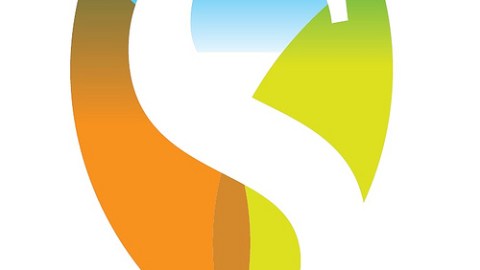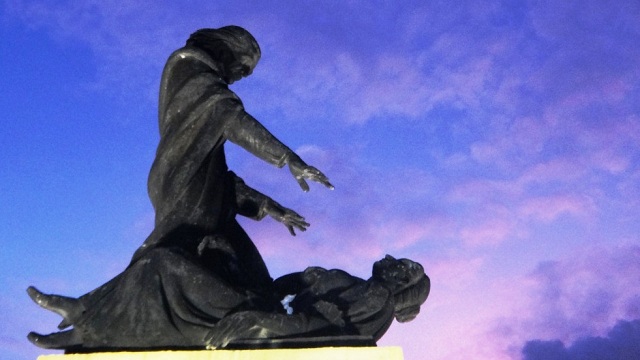Power Pivots: Innovation at the Finish Line

The sprint to the finish line of Singularity U’s Graduate Studies Program has taught me a lot about why hackathons are so effective. When it all comes down to the wire, and time is of the essence, procrastination and all other excuses get thrown out the window. While the Team Projects were formed around 3 weeks ago, it wasn’t until this past week that the wings of entrepreneurship really started to take flight. With so many ideas and opportunities circulating around the campus here at NASA it can be easy to get distracted, but as the ticking clock of this final week reminded everyone: the GSP is all about creating real innovation. Pivoting is somewhat of a buzz word in the valley but it is truly a crucial part of the process. The teams all experienced some level of iteration (and a few even broke off last minute to form completely new projects), however, when push came to shove, every single team got on stage at this weekend’s closing ceremony and presented a venture that showcased tangible value and creativity.
Held at the Computer History Museum in the heart of Silicon Valley, over 20 SU teams took the stage to pitch their idea and breakdown the venture’s core innovation and feasibility. Everything from deep analytics to working prototypes, websites, and apps were showcased, as the group’s focus ranged in just about every way imaginable. We had MedSensation demonstrate their Glove Tricorder, a quantified sensing technology that can augment a physician’s touch, a breakthrough that could have all sorts of applications for detecting cancers and diseases.
Another team, who goes by the name of “Infinity,” presented their plan for a standardized, modular platform to manufacture drones. The group successfully flew a drone in Zero G gravity, cutting that cost by a factor of 10, and wants to utilize the drones for STEM education, 3D mapping, and anything else that could be accomplished by small, unmanned aerial vehicles.
There was also WiFli, whose mission is to democratize the Internet by installing low-cost wireless networks around the world. The group successfully booted up router at a school in the Philippines and hopes their technology can be the catalyst for a new world order of global connectivity.
It’s quite remarkable how all 80 students had the same 6-week educational experience right before breaking off into teams, and then went on to create such amazingly diverse projects. In addition to Med Sensation, Infinity and Wifli, we had teams working on global health care like Care^9, who is using Artificial Intelligence and the rise of smart phones in the developing world to provide recommendations and diagnosis to those that do not have access to a physician. There was EdDefy and their personalized “learning map” for online education; Jumiya and their platform to connect and incentivize healthy lifestyles with insurance and credit agencies; Clinical Sense and their solution to improving the efficiency and cost of clinical trials; UrbiAnalytics and their plan to use big data for better governance, and many other big projects that came together just before the deadline with core innovations to present to the SU community.
The closing ceremony gave way to the SingularityU alumni weekend, where participants from both past GSPs and Executive Programs came in from all around the world to talk about expanding the mission of the community to positively impact the world. In next week’s post I’ll highlight some more of the team projects and future plans of the organization. In the mean time, make sure to check out Singularity Hub for more on the team projects and events of the weekend.





